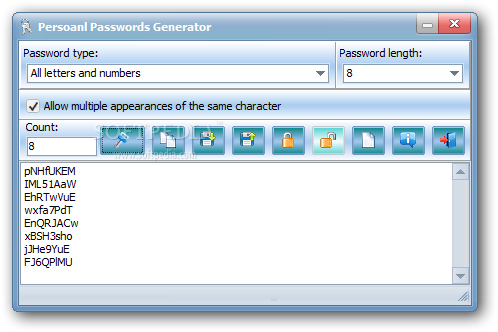

- #Email and password generator install#
- #Email and password generator generator#
- #Email and password generator software#
- #Email and password generator windows#
For example, make sure that a website is using http s and NOT http in the address bar.
#Email and password generator software#
This way you limit websites and software to modify your security settings, execute malicious code or access system files. Log into your computer as a User instead of Administrator.This makes sure no one will be able to access your information, even if they steal your computer and put the hard drive into another machine.
#Email and password generator windows#
These are core features on both Windows and OS X without additional software.
#Email and password generator install#
#Email and password generator generator#
If you’re using a password generator (such as this one) to create your passwords, make sure that the server is using SSL (https) and that the generated passwords aren’t stored on the server.Never store your passwords in a plain text document, not even on your local device.Do not use your passwords to login to your accounts on other peoples devices, unless you really trust them and know that they have a common sense regarding security.Make sure that your security questions (if you have lost your password) are extremely difficult to guess.Even if someone knows the password it’s simply not enough to log in. Using phone number, app, bank-ID or finger print as a second factor adds an additional layer of security. Enable multi-factor authentication (MFA) for all services where it is possible.Do not use passwords that are easy to guess, for example ”password123” or ”admin”.Never send passwords to anyone via email or online messenger services.If one of your accounts gets compromised, the hacker can not gain access to your other accounts, which greatly limits the damage. Never re-use a password! Use a unique password for each of your accounts.This way you only have to remember your master password - make sure you store this in your head. Use a password manager tool (for example LastPass, 1password or Dashlane) to manage and store all of your random passwords organized, encrypted and convenient.Your password should contain at least 10 characters and include a combination of lower case letters, upper case letters, digits and special characters.There are many ways a password can be compromised, for example web server hacks, brute force attacks, rainbow table cracking or social manipulation.

A strong password helps you to protect your personal information as well as your identity and money.


 0 kommentar(er)
0 kommentar(er)
